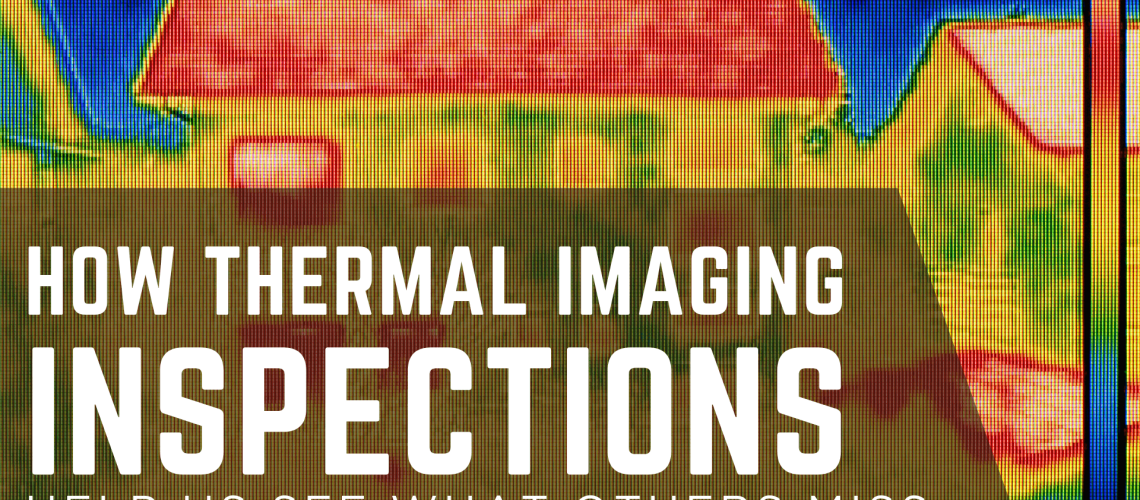A home inspection is only as good as what the inspector can observe — and that’s exactly why thermal imaging has become one of the most valuable tools in the modern inspection industry.
At Upchurch Inspection, I use infrared thermal cameras to detect temperature differences in building materials — allowing me to see what the eye can’t. This technology helps identify hidden moisture, missing insulation, electrical hotspots, and HVAC issues long before they turn into costly repairs.
For homeowners and buyers in the Memphis area, where humidity and seasonal temperature swings can create hidden problems, thermal imaging provides a deeper level of insight and peace of mind.
What Is Thermal Imaging?
Thermal imaging (also known as infrared thermography) uses specialized cameras that measure surface temperature variations. Warmer and cooler spots show up as color gradients on the image — creating a “heat map” of your home.
These variations can reveal:
- Moisture intrusion behind walls or ceilings (often invisible to the eye)
- Air leaks around windows, doors, or ductwork
- Overheating electrical components such as breakers or outlets
- Insulation voids in attics or walls
- HVAC performance issues like blocked ducts or uneven heating
By interpreting these images alongside standard inspection findings, I can pinpoint issues more accurately and help you make smarter repair decisions.
Why It Matters in the Memphis Climate
Our West Tennessee climate puts homes to the test. High humidity and temperature extremes can create conditions where moisture condenses inside walls or attic insulation becomes saturated.
In neighborhoods from Bartlett to Collierville, it’s common for attics to trap heat in summer and lose warmth in winter — driving up energy costs and stressing HVAC systems.
Thermal imaging helps visualize those energy losses and identify problem areas that can be corrected with improved sealing, insulation, or ventilation.
It’s especially useful for homes with:
- Crawlspaces or basements prone to moisture
- Older insulation or poorly sealed additions
- New construction with air leaks or settlement cracks
- Visible stains that need confirmation of active moisture
Not a Gimmick — A Diagnostic Advantage
Some inspection companies advertise thermal imaging as a flashy add-on. At Upchurch Inspection, I treat it as a diagnostic tool — an integral part of a thorough inspection.
It doesn’t replace hands-on expertise; it enhances it.
For example, if a ceiling shows no visible damage but my infrared camera reveals a cold pattern consistent with evaporating moisture, that’s a clue to check further for roof or plumbing leaks.
In electrical panels, it can detect overheating breakers that haven’t yet failed but may soon pose a fire risk.
This kind of insight simply isn’t possible with a flashlight alone.
Benefits for Buyers and Homeowners
For homebuyers: Thermal imaging adds confidence to your purchase by identifying issues you can’t see during a walkthrough — things that could cost thousands later.
For homeowners: It helps verify energy efficiency, detect leaks early, and document moisture problems for repair or insurance purposes.
Infrared scanning is non-invasive, quick, and effective — providing clear visual proof of what’s happening inside your home’s systems.
📞 Schedule a Thermal Imaging Home Inspection in Memphis
Serving Memphis, Bartlett, Germantown, Collierville, Arlington, and surrounding West Tennessee communities, Upchurch Inspection provides certified home inspections, thermal imaging diagnostics, mold testing, radon testing, and more.📞 Call (901) 350-8885 or visit UpchurchInspection.com to schedule your inspection today.


